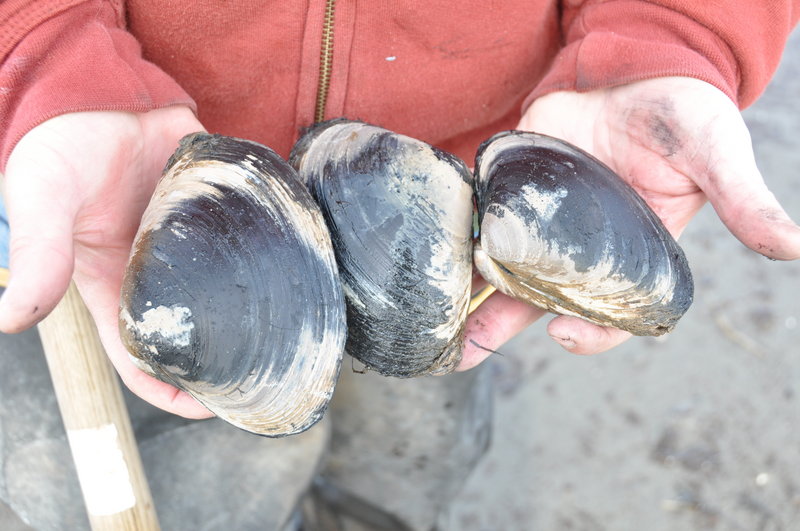As water temperatures trend upward along the East Coast and states in the southern sector of the regional fishery tighten water discharge regulations at processing plants, the surf clam industry is shifting north.
“I think everyone sees the writing on the wall and knows to start investing further north,” said José Montañez, a fishery management specialist with the Mid-Atlantic Fishery Management Council.
The fishery is usually centered in the Mid-Atlantic, from the Virginia-Carolina line to northern New Jersey.
Surf clams are managed in a group with ocean quahogs. Some fishermen are licensed to harvest both — in 2016, 38 vessels caught surf clams, with eight of those boats catching quahogs as well. State mangers are seeing a higher recruitment of surf clams in deeper waters and more mixing with quahog populations, causing problems for fishermen who are licensed to fish one or the other, not both.
While nothing is on the table yet, surf clam and quahog plan manager Jessica Coakley says the mixing/regulatory issue has been brought forward to NMFS recently.
The fishery is a demand-driven one. “Processors basically tell fishermen what they need,” said Coakley. “They aren’t going and getting too many clams and flooding the market. It’s a very integrated industry.”
Coakley says the total quota and landings have been essentially the same since 2004. The industry usually lands about two-thirds of the quota (so there’s wiggle room if demand spikes for whatever reason).
The total ex-vessel value of the 2016 federal harvest was approximately $31 million with processors paying an average of $13.25 per bushel, slightly higher than $30 million in 2015 when processors paid $12.16 per bushel. Preliminary numbers as of Aug. 31 put this year’s catch at 1.3 million bushels so far, slightly below but in line with last year’s landings.







